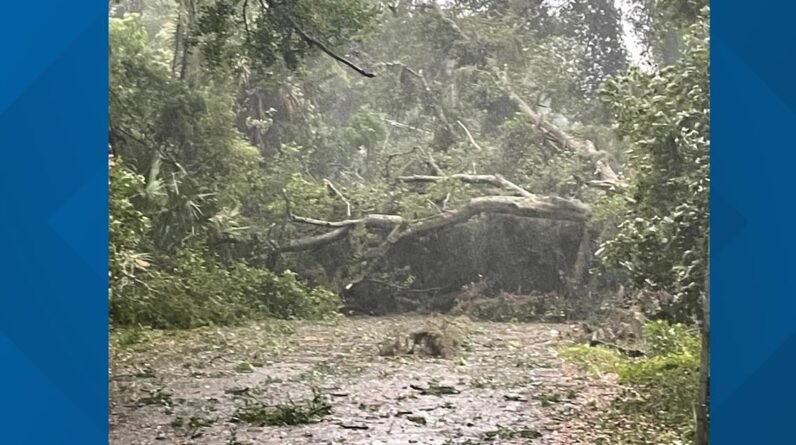
You don’t have to be a scientist to know that when the sun is up, temperatures are warmer and when the sun is down, temperatures are cooler.
What we do know, though, is that our lives are much easier and perhaps safer, when the sun is up longer. We also know that when we “spring forward” the hour we lose overnight can make a big difference in our sleep and moods; but, what about changes with our weather? Before we get to that, there’s another big seasonal event that happens in March: springtime.
TELL US: Why do you love or hate daylight saving time?
Seasons and DST
We’re all familiar with the four seasons: winter, spring, summer and fall and when they occur. Spring begins on March 19, 2024, just 14 days after daylight saving time in the United States. Are these two occurrences related? Not likely, especially since 2007 daylight saving time ends in November. The theory is that daylight saving time is in March because that’s when most people are active outside after a long, cold, dark winter.
So, let’s talk about Equinoxes and Solstices. Equinoxes happen in March (Vernal) and September (Autumnal) and according to the National Weather Service, the word equinox is derived from two Latin words – aequus (equal) and nox (night). Basically saying, the Earth’s axis isn’t tilted twice a year during an Equinox and therefore receives an equal amount of daylight and darkness at all latitudes. A Solstice, which also happens twice a year, is when the Earth is tilted either away from or towards the sun. These events are in June (Summer) and December (Winter) and mark the longest day (Summer Solstice) and shortest day (Winter Solstice) of the year.
Why is daylight saving time still happening?
Since the early 1900s, there have been many changes to daylight saving time between wars and energy crises. However, as the years passed, people began to question the reason behind biannual time changes and in 2007, the time between clock changes grew even longer from March to November. The future of daylight saving time continues to be a hot topic, and in 2022, a permanent bill to Congress to get rid of daylight saving time was presented and then stalled in 2023. This topic remains an area of frustration for lawmakers and states (except Arizona, the only state that doesn’t participate in DST because of its hot climate).
Btw, it’s not daylight savings time
It may seem more natural to say daylight savings time, but that’s one of the most common mistakes when referring to daylight saving time, which is the correct term.
Weather changes with clock changes
When you change your clocks at 2 a.m. Sunday, March 10, you won’t notice much of a weather change when you wake up except it’ll be dark if you’re up before sunrise at 7:42 a.m., compared to 6:43 a.m. the day before. Can’t complain though, with almost 12 hours of daylight, you’ll enjoy the lighter-seems-longer Sunday. Otherwise, the biggest climate change due to daylight saving time is when we experience the daily low and daily high.
Now, go out and enjoy the daylight!
Copyright 2024 by WJXT News4JAX – All rights reserved.







